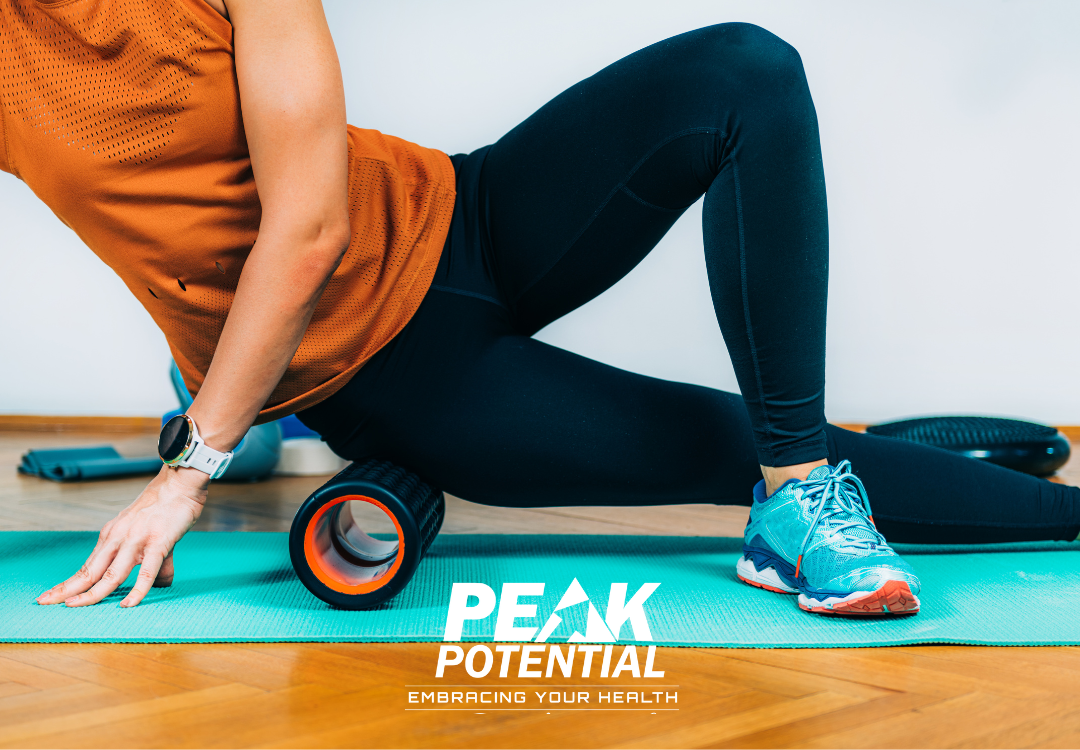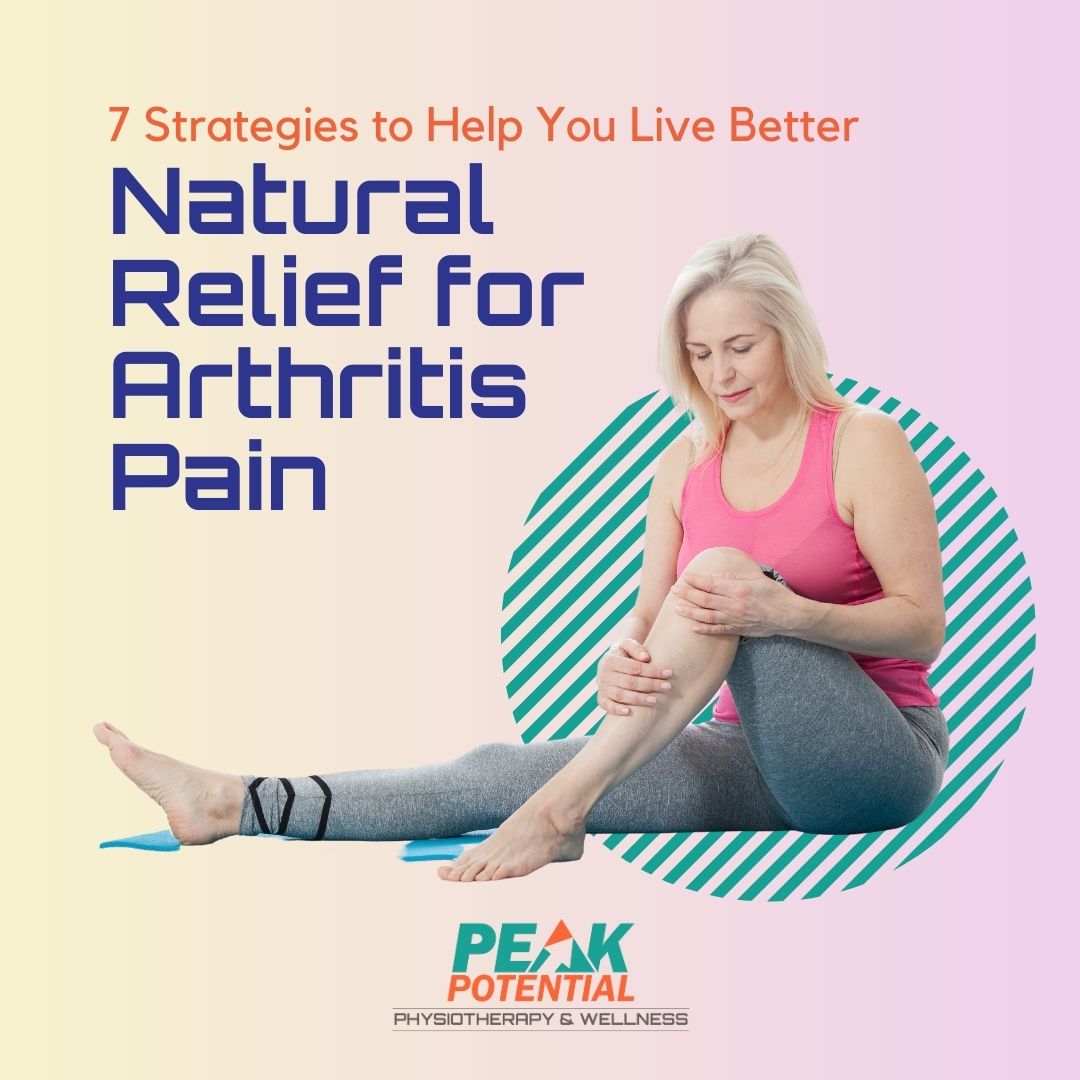As physical therapists, we have seen firsthand the impact that arthritis can have on peoples lives. The pain, stiffness, and limited mobility can be debilitating, making even the simplest tasks feel like monumental challenges. But here’s the empowering truth: you don’t have to let arthritis dictate your life. Research has discovered a link between osteoarthritis and metabolic disease, allowing us new advances to naturally alleviate arthritis pain. There’s never been a better time to take control of your arthritis.
Recent studies have revealed a strong association between metabolic conditions such as obesity, diabetes, and dyslipidemia, and the development and progression of osteoarthritis. It explains a perplexing phenomenon we have seen many times in over 20 years in this field. Imaging, such as x-rays and MRIs, often are do not show a consistent correlation between joint damage and pain symptoms.
This means that someone with “bone on bone” may not have as much pain and someone with less damage. In addition, someone very young may have significant damage present while an active older adult may have joints that look half their age. So after all these years, we know that it’s not just wear and tear that causes arthritis. This is good news – because by addressing these underlying metabolic factors, we can not only relieve arthritis pain but also improve mobility and quality of life.
So, how as physical therapists can we use this new information help you on this journey? Let’s explore some non-invasive techniques that can make a world of difference:
-
Exercise Therapy
By engaging in regular physical activity, you can strengthen the muscles surrounding your joints, improve flexibility, and reduce pain. In addition, you can significantly improve insulin sensitivity and in turn metabolic health from even short bouts of exercise. From low-impact activities like swimming and cycling to targeted exercises prescribed by your physical therapist, there’s an exercise regimen that’s right for you.
-
Weight Management
We have known for a long time that if you’re carrying excess weight, shedding those extra pounds can significantly alleviate the stress on your joints and reduce symptoms. We now know that an increase in body fat also increases inflammation that causes further joint damage. Our Functional Nutritionist can work with you to develop a personalized fat loss plan that includes dietary changes, exercise, and lifestyle modifications.
-
Manual Therapy
Hands-on techniques such as joint mobilization and soft tissue mobilization can help improve joint function, reduce pain, and increase range of motion. Your physical therapist will use their expertise to gently manipulate your joints and tissues, providing relief where you need it most. This is the most effective place to start when pain is limiting mobility and the ability to exercise.
-
Nutrient-Rich Foods
Choosing nutrient-dense foods can be a powerful ally in your battle against arthritis. Incorporating anti-inflammatory foods such as fatty fish, colorful fruits and vegetables, nuts and seeds into your diet improves metabolic health and slows the progress of arthritis. Strategic supplementation with targeted nutrients can provide added support. Our functional nutritionist, can guide you in selecting supplements that align with your specific health goals.
-
Gut Health Optimization
Did you know that the health of your gut microbiome plays a crucial role in inflammation, metabolic disease, and joint health? By nourishing your gut with probiotic-rich foods, fiber, and fermented foods, you can cultivate a thriving microbial community that supports overall health and reduces arthritis symptoms. Got tummy trouble? That needs to be addressed in order optimize joint health as well.
-
Lifestyle Modifications
Simple changes to your daily routine can make a big difference in managing arthritis symptoms. From ergonomic adjustments at work to incorporating mindfulness practices into your daily life, our healthcare providers can help you identify lifestyle modifications that support your arthritis management goals.
By embracing these non-invasive techniques, you can take proactive steps to relieve arthritis pain, improve mobility, and enhance your overall quality of life. Remember, you’re not alone in this journey. Our team at Peak Potential are here to support you every step of the way, empowering you to reclaim control and thrive in spite of arthritis.
Are you ready to take the first step towards reclaiming control of your arthritis journey?
We can empower you to overcome arthritis pain, improve mobility, and embrace an active life of wellness. Inquire about availability and cost of physical therapy HERE (we accept most health insurance including Medicare).
Interested in improving metabolic health and get to the root cause of your gut, arthritis, or inflammation issues? Let’s work together to prioritize your health and transform your future. Schedule a free discovery call with our Functional Nutritionist and Health Coach HERE to embark on a personalized path to relief and vitality.
We are excited about these new advancements that will empower your journey to naturally alleviate arthritis pain!







